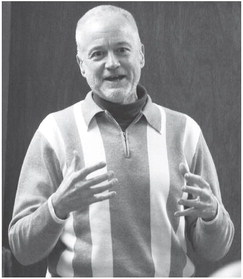Group explores housing for active seniors


Development Foundation looks at need for housing for those looking to downsize from their family homes
For decades, the focus of the Medford Area...


Development Foundation looks at need for housing for those looking to downsize from their family homes
For decades, the focus of the Medford Area...